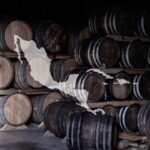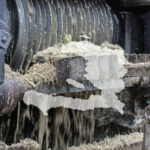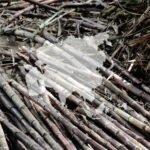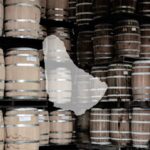Rum from Trinidad and Tobago, get to the bottom of the bottle
Why does a rum from Trinidad & Tobago develop this aromatic profile? Let’s go from the bottle to the cane to find out.
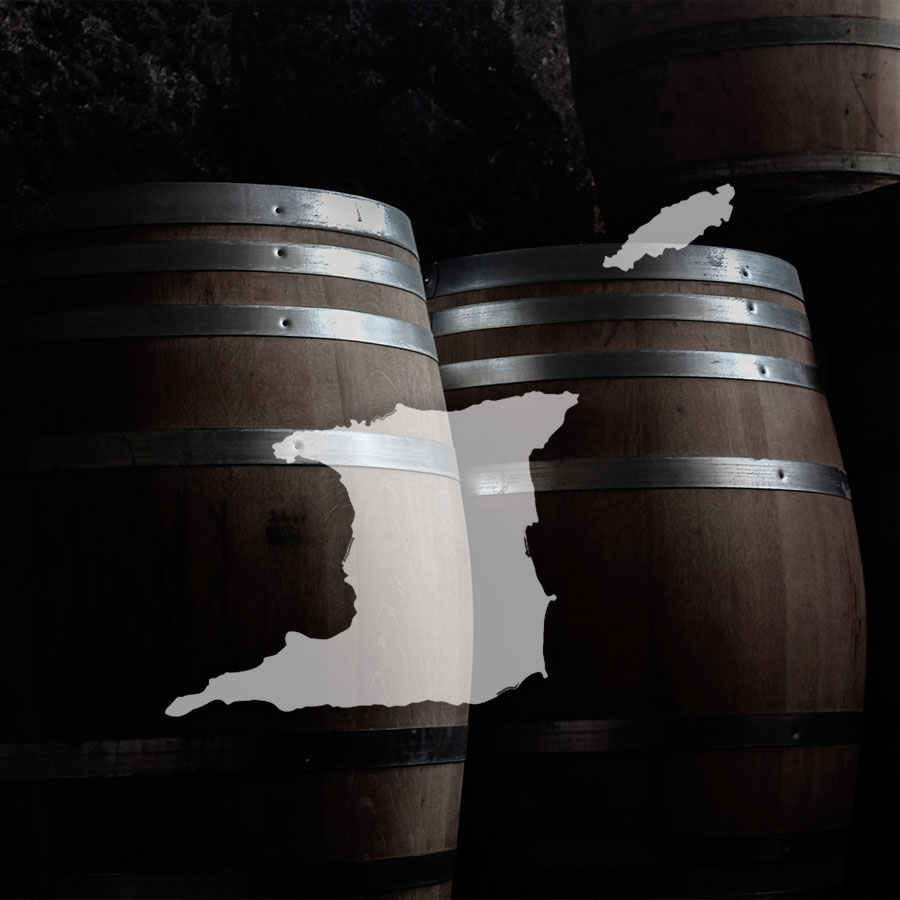
You continue your peregrinations on the rum trail, always in search of knowledge and understanding. It’s not always easy to see clearly in this universe, but fortunately you have your personal adviser (well, he looks after a few other people too): your specialist wine merchant.
And today, you’ve got an idea in mind: to find out more about traditional English rums, with Trinidad and Tobago as your next stop. This choice seems to please your dealer in good things, who is instantly enthusiastic and explains that it’s very difficult to find a rum of this origin that would show all its facets.
He tells you about official bottlings, raw casks, independent bottlers and a defunct distillery.
At the end of all this gibberish, he recommends a bottle, adding that he could have sold you five and that it would still have been complicated to find common points between them all.
Now you’re well on your way…
So, once you’ve returned home and completed your preparatory ritual, you’re ready to discover this new eau-de-vie de canne.
You immediately recognize its dual nature. The fruit, which comes in a variety of forms (dried, exotic and even blackcurrant-like berries), is softened by vanilla, while a second, darker thread lurks in the background.
It’s often this second face that makes a Trinidad rum so distinctive: roasted, burnt, smoky and even tarry notes.
Your growing experience points you in the direction of molasses as a raw material – nothing here suggests cane juice. Good, you’re learning. There’s a relative heaviness, a thickness to this rum that reminds you of other British-style rums; it is, however, endowed with an undeniable identity of its own.
It also seems to you that the casks used must be very heavily toasted, which would explain (at least in part) the roasted, even burnt aromas. Once again, more than likely, well done!
Fermentation and distillation, on the other hand, are less straightforward, and you come up with a combination of a column and an iron still. This time you get it wrong, but to be honest, it wasn’t easy. Let’s see what it’s all about.
There is only one distillery in Trinidad: Trinidad Distillers Limited (TDL). Until the early 2000s, there was a second distillery, which has since closed – more on that later.
TDL has two distillation units, one single column and one multiple column. Traditionally, the large single column is used to produce a relatively heavy distillate, while the quintuple column is used to run lighter rums (meaning higher in alcohol and less concentrated in aroma).
A large proportion of rums are produced by blending these two distillates (so you’re not entirely wrong).
Like many enthusiasts, you have the idea that rums distilled on a column still are necessarily less expressive than those distilled on an iron still. This is not the case.
The counter-example that jumps out at the neurons (and nostrils) is that of the Creole column used in the French West Indies, whose product is highly aromatic (otherwise, what would be the point of ti-punch?!).
But column distillation doesn’t necessarily mean vodka-like, insipid rum. The degree of pouring need not exceed 90% (for example, the AOC Martinique limits it to 75%).
It is also possible to “spike” at an intermediate level of the column to recover a distillate with a lower alcohol percentage and higher aromatic concentration.
Distillation is the crucial stage in shaping the aromatic profile of Trinidad rums.
Fermentation is also an important part of the process. Relatively short, lasting no more than 48 hours in most cases (in exceptional cases, up to 72 hours for certain rums), it is carried out using different strains of yeast, depending on the desired result.
But all this doesn’t explain that bituminous facet that titillated your nostrils. To try and explain it, I have to talk about the second distillery present on the island until the beginning of the 21st century.
The name alone is enough to give goose bumps to enlightened amateurs, collectors and (unfortunately) speculators alike. Caroni.
I won’t bore you with its history (about which you can find plenty of sources online). Just know that Caroni rums are characterized by aromas of hydrocarbons, rubber and tar.
Fortunately, these are regularly combined with exotic fruits and vanilla.
It’s impossible to know for sure the origin of this unique profile, although several theories exist (failed distillation, the presence of tires in the cellars, the existence of a natural tar deposit on the island which could have transmitted its taste to the water used to produce the rum…).
But how did these aromas reach a large proportion of the rums from the other distillery: Trinidad Distillers Limited? If the theory about the natural presence of asphalt is correct, then the same reason could have influenced these rums as much as the Caroni.
Personally, I’m leaning more towards another explanation. TDL would have recovered and stored Caroni barrels (or vats) and used it as a bonnifier (flavor enhancer) in their production.
Perhaps this secret is known to a few people, who will spill the (rubber) beans in time, but until then, the mystery remains.
So, after this tasting and a few explanations, you’ll be better equipped to understand and appreciate Trinidad rums.
However, you’ll need to taste many more to fully appreciate this style, if that’s even possible. So arm yourself with patience and your tasting glass.

